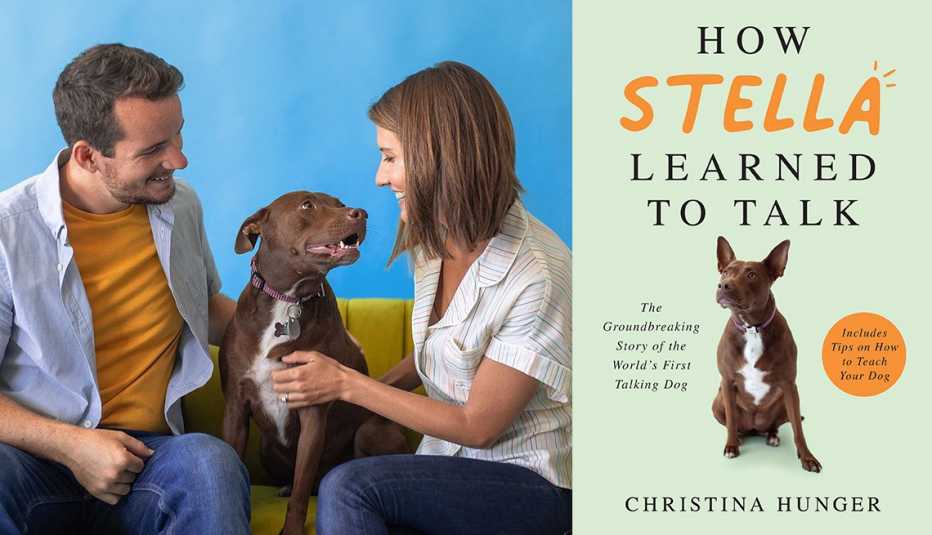Staying Fit
Dog lovers know there’s nothing quite like the joy a four-legged companion brings to your life, especially during times of stress. Our pets may be our best friends — but do we know how to make sure their lives are as long, healthy and happy as can be?
Not always, says Karen Shaw Becker, a veterinarian in Scottsdale, Arizona. “Dogs are dying prematurely of more chronic disease than ever before,” she writes in her new book The Forever Dog: Surprising New Science to Help Your Canine Companion Live Younger, Healthier and Longer, coauthored with animal activist Rodney Habib. Becker, who also coauthored a popular cookbook, Dr. Becker’s Real Food for Healthy Dogs & Cats, is a proponent of a proactive approach to veterinary care — helping people create the kind of healthy lifestyles for their animals that can prevent disease, rather than simply treating problems as they arise.


AARP Membership— $12 for your first year when you sign up for Automatic Renewal
Get instant access to members-only products and hundreds of discounts, a free second membership, and a subscription to AARP the Magazine.
While practices like irresponsible breeding can lead to genetic problems we can’t avoid, Becker explains, our everyday choices as pet owners play a huge role in shaping our dog’s health and happiness. Her “biggest goal in life,” she says, “is for my clients to say to me [when their pets pass away], ‘Yes, my heart is broken, but I did the best I could.’ We want to be able to do everything we can, so we can look back on our time with our dogs without dealing with regret.”
The Forever Dog provides a road map for people to do just that. It dives deep into the science of canine health, exploring the latest research and expert-backed advice when it comes to diet, exercise, stress and more. (Hint: What’s good for dogs — eating homemade rather than processed food, for instance — is often good for dogs’ people as well.)
AARP asked Becker about the human–dog connection and the keys to canine longevity.




































































